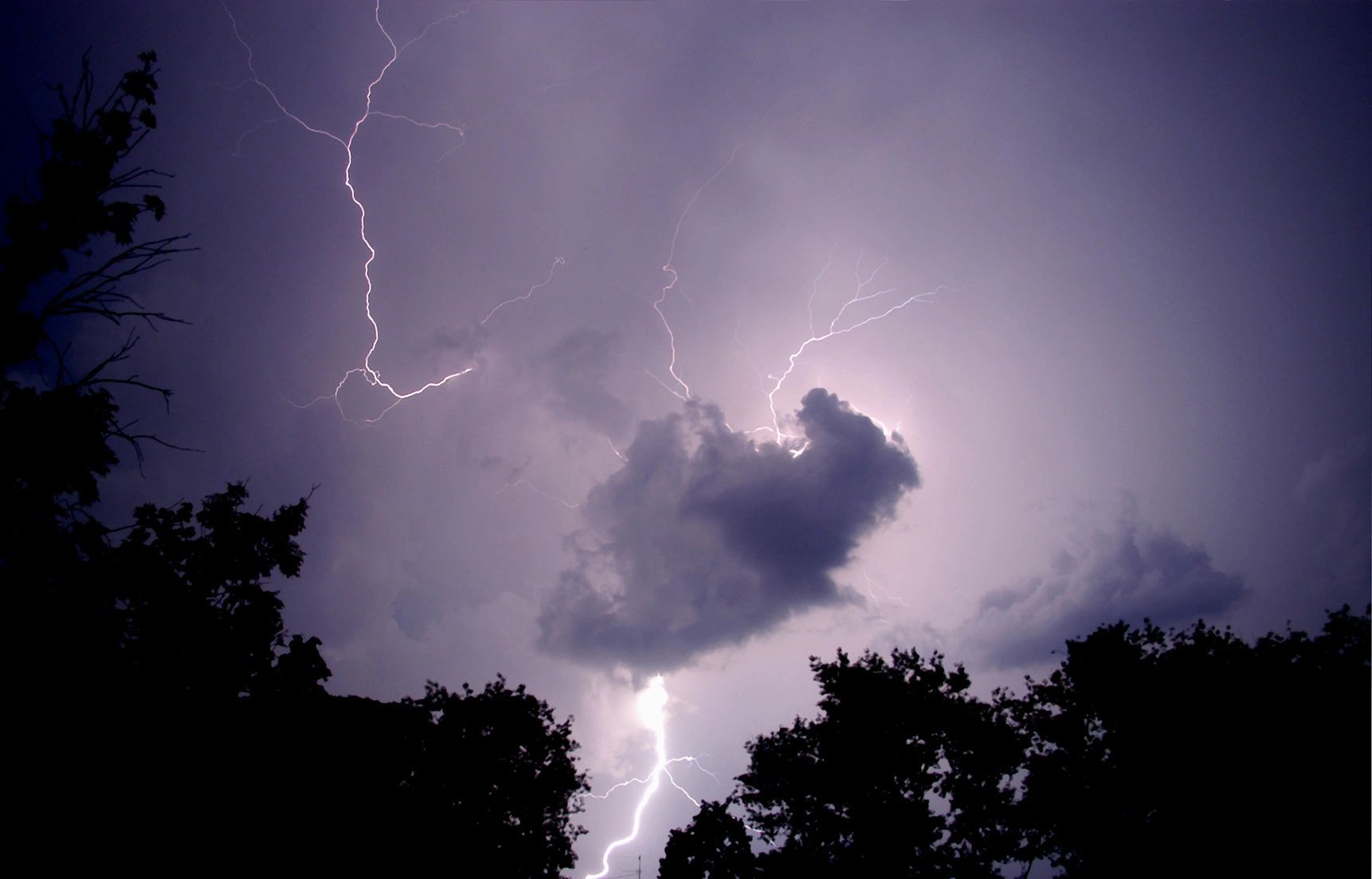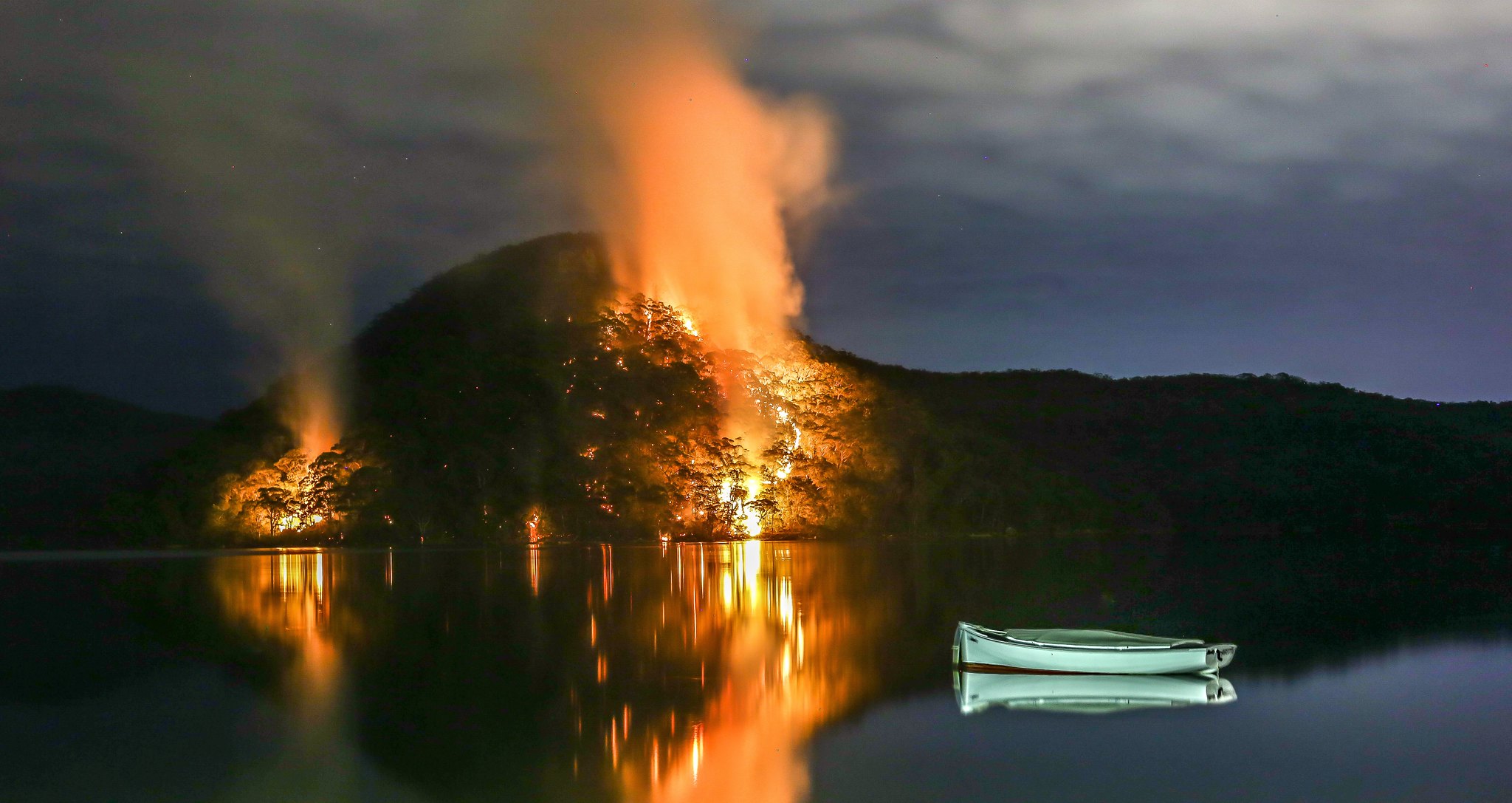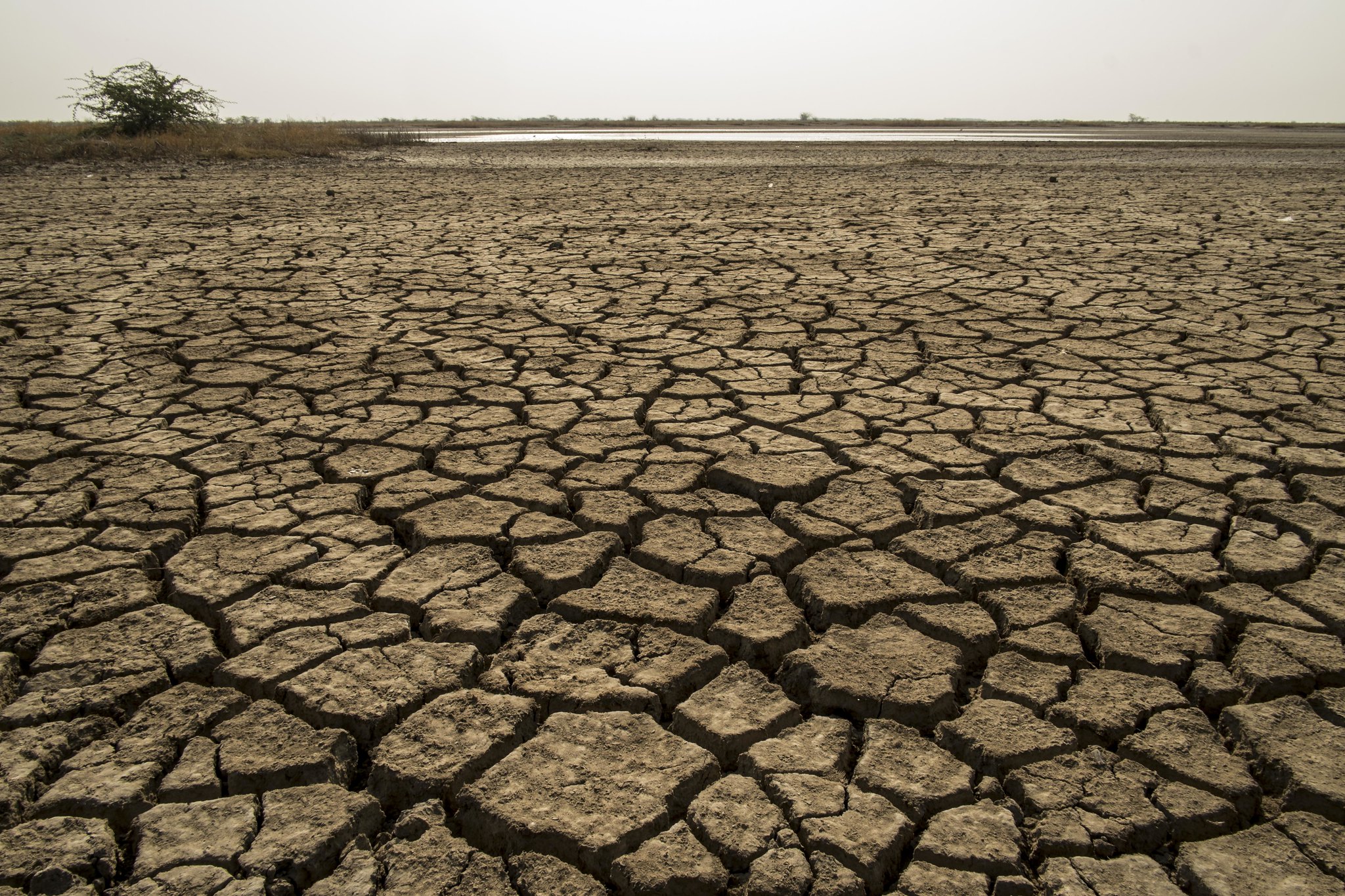Violence against women and girls is a well-known problem. However, do natural disasters exacerbate this as climate change worsens?
By Elisabeth Moore
Violence against women and girls is a major problem across the globe. The World Health Organization reports that one third of women aged 15-49 have experienced intimate partner violence alone (Violence against women, 2021). The human and social costs of this are difficult to fully measure. However, ripple effects can last for generations. And, importantly, such violence is preventable. Movements such as #metoo show a growing social awareness of some aspects of the problem. However, it still amounts to an ongoing pandemic.
At the same time, natural disasters are increasing. This is in no small part due to climate change. Climate change increases the frequency and severity of many types of disasters, including tropical storms, droughts, and floods (USGS, n.d.). And this is already happening at an alarming rate. Between 2008-2017, over three-fourths of natural disasters were related to climate change. The number of disasters in these 10 years was double that in the 20 years of 1980-1999 (Thurston, Stöckl, & Ranganathan, 2021). Natural disasters are rapidly becoming our new normal.
Natural disasters often negatively affect women and girls at a higher rate than men. Mortality is often much higher, and sometimes they are an overwhelming majority of casualties. In one example, 90% of 140,000 deaths from a cyclone disaster were women. What could cause this discrepancy? One factor could be the increased violence that women and girls are already known to face. If women and girls are already at an increased risk of violence, and if natural disasters create an environment that allows for more violence, then this could explain the increased death rate of women. There are also reports of increased rates of intimate partner violence and sexual assault after natural disasters, which further supports this hypothesis (Thurston, Stöckl, & Ranganathan, 2021) .
More about climate change: Miss Louisiana Earth Invites You To Volunteer Online and Map Where Vital Wetlands Are Being Lost
Is climate change an additional burden on the increased risk of violence against women?
A team from London recently reviewed existing papers to answer whether this hypothesis was supported. They note that this is the first, systematic, global review of the issue. Their review asked whether natural disasters are associated with an increase in how often women and girls suffer violence. The answer was yes, according to several of the studies that the researchers reviewed.
The studies the researchers looked at could be quantitative or qualitative. Quantitative studies address numerical data, generally using statistical tests to analyze results. Qualitative studies, on the other hand, look at non-numerical data, such as open ended opinions or experiences. Qualitative studies are important for learning what aspects of a question might exist. Quantitative studies are usually more rigorous, but often require knowing what aspects of a question to look for. For example, a qualitative study could ask a population open ended questions about what types of gender-based violence they have experienced. A quantitative study could follow up with measurable surveys regarding the specific types of violence that arose from the qualitative study to measure population rates, links to other factors, etc. Over half of the quantitative studies reviewed had found an increase in either general, or specific types of, violence against women after natural disasters. Additionally, some of the qualitative studies reviewed also found such violence was underreported. This suggests there is a strong, yet still underestimated, link between natural disasters and violence against women.
Why would violence against women increase after a natural disaster?
The studies reviewed identified multiple likely causes.
- Natural disasters increase stressors, such as trauma, mental health problems, and financial instability. Stressful environments may trigger an increase in violence from perpetrators.
- Natural disasters also impair existing social structures that normally may lessen violence, such as law enforcement and health and support services. Family structures may also be destabilized, and the resulting social isolation may provide an environment where violence can occur undetected. An increase in domestic violence has already been found to occur during the social isolation of early covid-19 pandemic lockdowns (Boserup, McKenney, & Elkbuli, 2020). Some natural disasters may facilitate similarly detrimental environments when women are dislocated from resources and social support systems.
- Lastly, there may be a “worsening of existing drivers”. This refers to the already existing problems that may predispose women and girls to experiencing violence. Social inequalities and lack of gender diversity may be exacerbated by a disaster, worsening the violence these factors enable.
What are the costs?
The consequences for such increases in violence compound with the already devastating effects of a natural disaster. Several health consequences were noted in the review. Sexual assault may put survivors at risk of unintended pregnancy, STIs, unsafe abortions, and miscarriages. Physical assault increases mental and physical risk up to, and including, death. All types of violence studied can increase the risk of suicide and debilitating mental health issues. These effects are not limited to immediate medical needs either. Increased incidences of trauma are linked to worse PTSD outcomes (Gerber, Frankfurt, Contractor, Oudshoorn, & Dranger, 2018). Preventing, and addressing, the double trauma of violence, may determine how well, or even if, women are able to recover from the trauma of a natural disaster.
How can disaster relief prevent increases in violence against women?
It is unlikely we will be able to stop individual natural disasters from occurring. Measures to decrease climate change can only dampen their general rise. This is also a slow and imprecise process. How can we stop women and girls from facing a second trauma of violence now, when they are already living through a natural disaster? What we can control is how we, as a society, respond to disasters. These findings suggest that disaster relief programs should be structured to account for the unique challenges that women and girls face. Looking at both the causes and types of this kind of violence is necessary to understand how to prevent it.
One part of prevention involves identifying who is driving the increased violence after a natural disaster. Many types of violence were assessed in the analyzed studies, primarily physical, sexual, or psychological. Some also looked at specific types of gender-based violence, such as murder, controlling or aggressive behavior, forced early marriage and financial violence. Throughout the studies, the review found a prominent trend. The most common perpetrators (37%) were current or former partners, and another 15% were relatives. So, over half involved some form of domestic violence. This trend is not surprising given WHO data on domestic violence (Violence against women, 2021). However, it highlights the importance of increasing domestic violence prevention strategies during and after natural disasters.
Prevention is necessary at both the policy level and on the ground. Domestic violence programs may be scaled back during a natural disaster due to damage to sites, evacuation of employees, etc. However, this data suggests it is critical that the opposite occur. Emergency funding for domestic violence shelters may save an abused woman from having to live with her abuser. Financial consequences of natural disasters may exacerbate this risk. Additionally, access to gender-sensitive, trauma informed psychological treatment during disaster relief may address the long term effects of unprevented violence. Overall, trauma for women and girls is likely to extend beyond the natural disaster itself. Appropriate relief is critical to mitigating this additional disaster. Further, humanitarian workers and responding law enforcement should be trained to be sensitive to working with women and girls in relation to gender-based violence.
Conclusion
Climate change will continue to increase the severity and frequency of natural disasters. Violence against women and girls is a pervasive and worldwide problem that likely will only be exacerbated by it. This causes the burden of climate change to fall on a group already bearing a disproportionate burden of a specific type of violence. Disaster and emergency relief should take the specific challenges of gender-based violence into account, and responders should be specifically trained. Responses will need to be coordinated in such a way as to prevent and address the violence women and girls may likely face in addition to an already traumatic disaster situation.
This study was published in the peer-reviewed journal BMJ Global Health.
References
Boserup, B., McKenney, M., & Elkbuli, A. (2020). Alarming trends in US domestic violence during the COVID-19 pandemic. The American Journal of Emergency Medicine, 2753-2755.
Gerber, M. M., Frankfurt, S. B., Contractor, A. A., Oudshoorn, K., & Dranger, P. (2018). Influence of Multiple Traumatic Event Types on Mental Health Outcomes: Does Count Matter? Psychology Faculty Publications.
Thurston, A. M., Stöckl, H., & Ranganathan, M. (2021). Natural hazards, disasters and violence against women and girls: A global mixedmethods systematic review. BMJ Global Health, 6:e004377.
USGS. (n.d.). Retrieved from What are some of the signs of climate change?: https://www.usgs.gov/faqs/what-are-some-signs-climate-change-1?qt-news_science_products=0#qt-news_science_products
Violence against women. (2021, March 9). Retrieved from World Health Organization: https://www.who.int/news-room/fact-sheets/detail/violence-against-women
About the Author
Elisabeth Moore lives in Providence, RI with her cat Callie. She completed a PhD in neuroscience at the University of Minnesota in 2019, studying how the brain perceives visual stimuli and learns to see over time. She now manages the creation of plain language summaries for clinical trials and other patient centered communications of scientific and technical information. Her overall goal is to become a full time medical and health communications writer. Outside of work and writing, she enjoys camping, hiking, and riding her motorcycle through New England.




